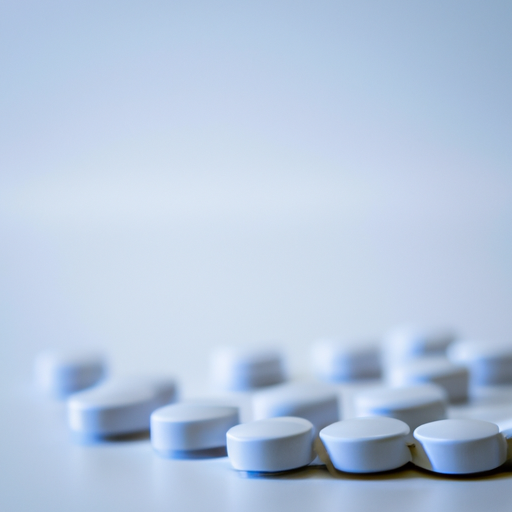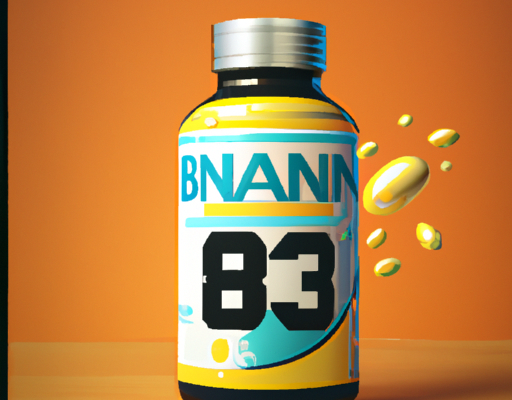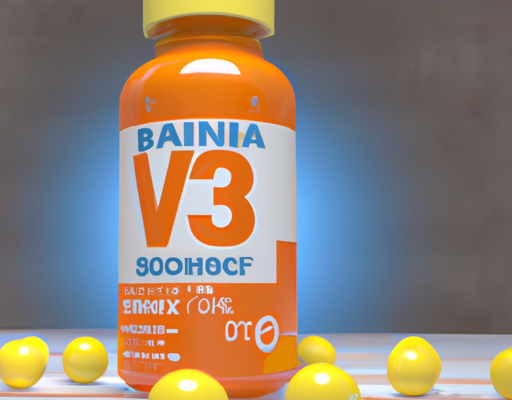Symptoms
Bath-related rashes can be extremely painful and uncomfortable. Symptoms can include redness and swelling, as well as itching, burning or stinging sensations. In some cases, the rash can even blister or ooze. Typically, the affected area will be very tender to the touch, and may be accompanied by a fever. It is important to seek medical attention if rash symptoms persist or worsen. With the proper treatment, bath-related rashes can be managed and eliminated.
Diagnosis
Skin rashes are an uncomfortable and often embarrassing condition that can range from mild to severe. Diagnosing a bath-related rash can be tricky as there are many possible causes and each individual case is unique. Your doctor will conduct a physical exam and ask about any recent activities or events that may have caused the rash. This includes any changes in soaps, detergents, bath oils, or bubble baths that you may have recently used. A doctor may also take a skin sample to test for any allergies or infections. Depending on the results, the doctor may prescribe medications or topical creams to treat the rash. If the rash does not improve with treatment, you may need to see a dermatologist for further evaluation.
Treatment
If you have developed a bath-related rash, it’s important to consult your doctor. Depending on the severity of the rash, your doctor may prescribe topical corticosteroids, antibiotics, or antihistamines for relief. You may also be advised to make lifestyle changes, such as avoiding the source of the rash and using mild detergents or soaps. If the rash is related to a fungal infection, your doctor may prescribe an antifungal ointment or cream. Additionally, moisturizing creams or ointments may help soothe irritated skin. For severe cases, a course of oral steroids may be recommended. In the meantime, you can soothe inflammation and itchiness by taking cool baths or showers, applying cold compresses, and avoiding scrubbing or friction on the affected area.
Prevention
One of the most common health concerns when it comes to bath-related rash is prevention. An ounce of prevention is worth a pound of cure, so taking proactive steps to minimize your risk is always a good idea. The best way to prevent bath-related rash is to keep your skin well-hydrated. Use gentle cleansers and moisturizers that are appropriate for your skin type specifically. Additionally, limit the amount of time you are in the bath, and avoid using extremely hot water—keep the temperature lukewarm. Wearing protective gloves, a hat, and possibly even a full-body swim suit while taking a bath are additional ways to minimize exposure and prevent rash development. Finally, remember to shave carefully to avoid skin lacerations, as well as investing in a good razor that is equipped with a lubrication strip. With these helpful tips, you can help keep bath-related rash at bay.
Causes
Having a bath-related rash can be frustrating, but understanding the possible health causes behind it can help you to diagnose and ultimately treat the issue. Generally speaking, rashes that appear on the skin following a bath are caused by a type of inflammation known as contact dermatitis, which occurs when the skin comes in contact with an irritant. Other common causes of bath-related rashes include allergic reactions to products such as bath oils, bubble bath, shampoos, and soaps, as well as harsh cleaning products used to clean the bathtub. In some cases, the rash may even be caused by an infection such as athlete’s foot or ringworm. If a bath-related rash persists, it is important to seek medical advice to ensure the right treatment is administered.





No Comments